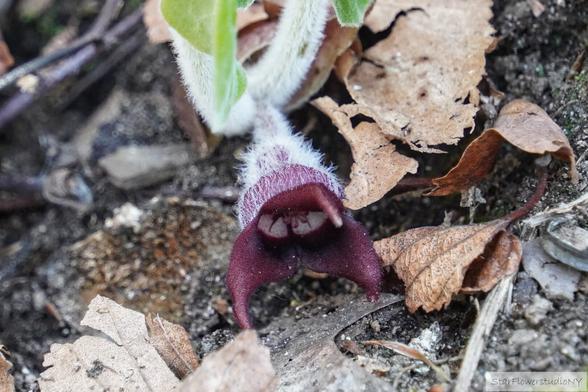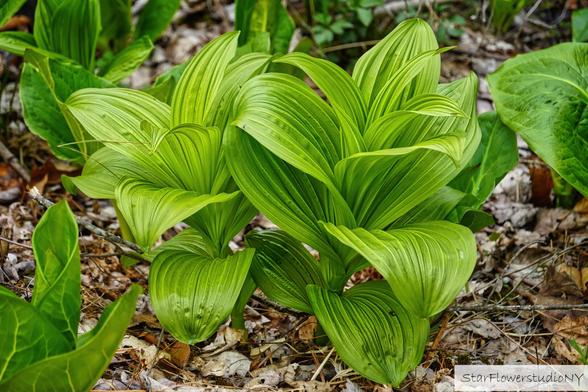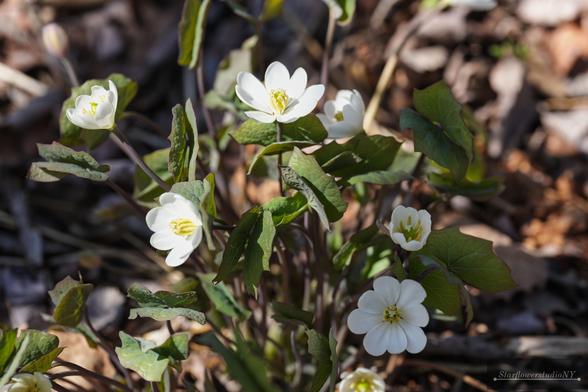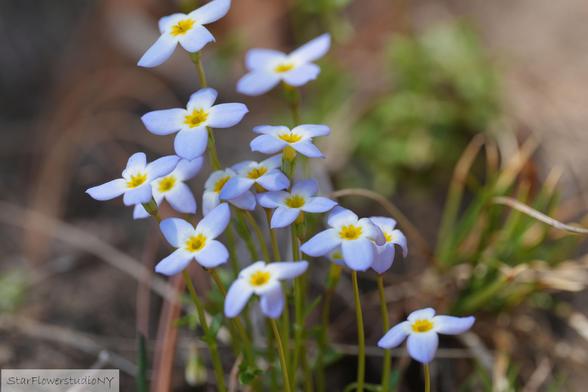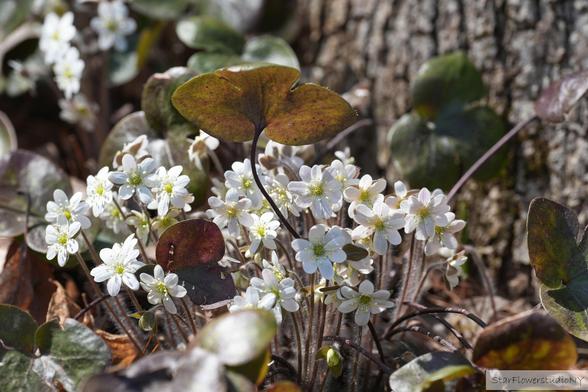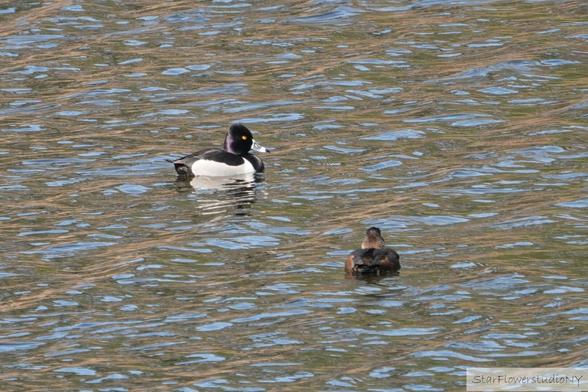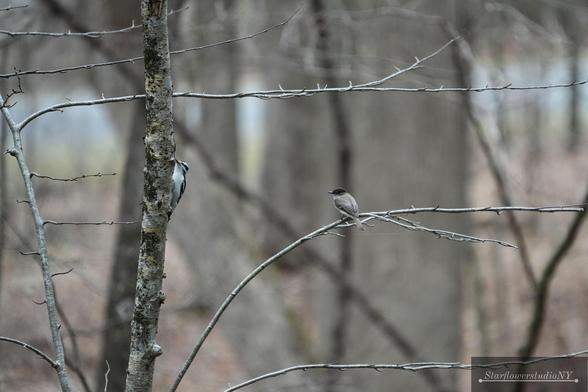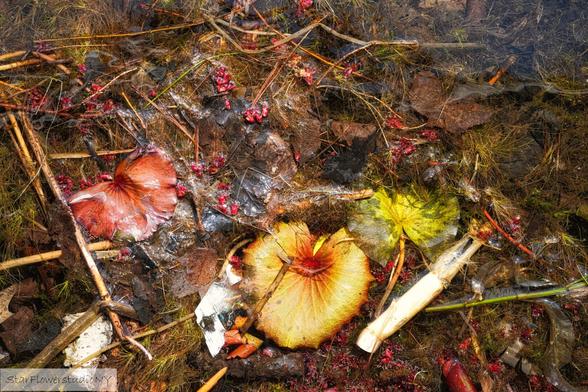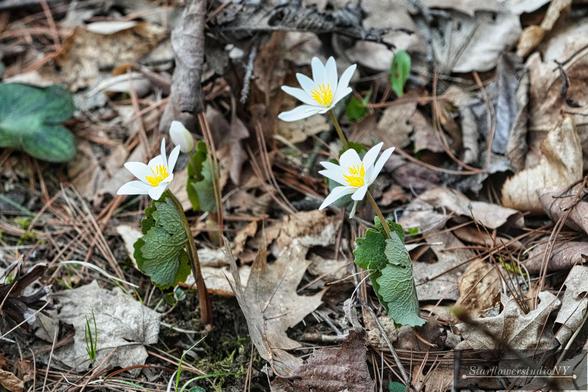Wild Ginger (Asarum canadense) is fairly common in the Northern hardwoods forest. This is another plant that utilizes ants to disperse its seeds.
Flower rest on ground level, sometimes hidden by foliage and you have to look to notice them.
This species has been used for culinary purposes in the past but contains Aristolochic acid, which can damage kidney function.
#wildginger #canadianginger #asarumcanadense #aristolochiaceae #aristolochia
Flower rest on ground level, sometimes hidden by foliage and you have to look to notice them.
This species has been used for culinary purposes in the past but contains Aristolochic acid, which can damage kidney function.
#wildginger #canadianginger #asarumcanadense #aristolochiaceae #aristolochia
